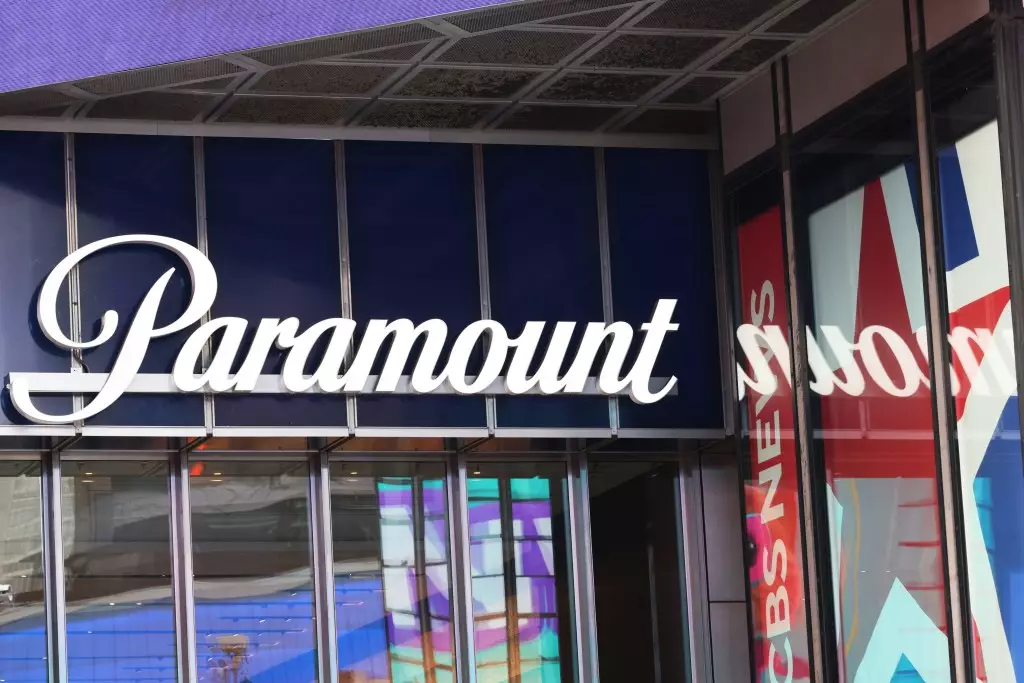In a bold move signaling potential upheaval within its corporate structure, Paramount Global has announced that it will hold its annual shareholder meeting on July 2. This development raises eyebrows about the anticipated merger with Skydance Media, a deal that has been shrouded in uncertainty since its inception. Originally projected to conclude by the end of June 2025, the timelines appear precarious, and the looming meeting casts a shadow of doubt on the feasibility of reaching that goal.
Unlike many public companies, Paramount operates under a “controlled” model, primarily led by Non-Executive Chairwoman Shari Redstone and her family, who possess a significant portion of the shares. Interestingly, because of this structure, the merger does not require an explicit vote from shareholders, a fact that can significantly influence how decisions are made — perhaps even without the general consensus that typically accompanies such major corporate moves.
Revamping Leadership: A New Board on the Horizon
During this virtual meeting, shareholders will have the opportunity to vote on adding three new directors to Paramount’s board: Attorney Mary Boies, former judge Roanne Sragow Licht, and venture capitalist Charles Ryan. With this nomination, the number of directors would reach seven, marking a shift from last year’s lean board of just four members. It’s troubling to consider the exodus of four directors prior to this year’s shareholder gathering, a sign of instability and potential discontent as the landscape changes. The strategic reconfiguration of the board signals a desire for fresh perspectives amid evolving industry dynamics.
Such changes may reflect an urgency within Paramount to adapt to an increasingly competitive media environment. They are not merely adding directors for the sake of diversity; they are potentially searching for expertise that can galvanize the company amidst external pressures. Adding members with varied backgrounds could bring innovative approaches to the boardroom, which is imperative in an era characterized by rapid digital transformation and shifting viewership demographics.
The Looming Specter of Regulatory Hurdles
The crux of Paramount’s inability to proceed with the Skydance merger lies not in internal governance but in regulatory entanglements, chiefly the review by the Federal Communications Commission (FCC). This regulatory process has become more complicated, fraught with political undercurrents, particularly due to former President Trump’s contentious relationship with CBS, which is partly owned by Paramount. Trump’s vendetta has clouded the transaction, culminating in a $20 billion lawsuit that adds layers of complexity to an already intricate deal.
While FCC Chair Brendan Carr insists that the review remains an independent process, observers are left questioning whether the personal animus driving Trump’s actions could unduly influence regulatory decisions. Paramount’s efforts to mediate the situation, including settlement proposals that have been rejected, expose the precarious position they find themselves in. What initially seemed like a straightforward merger is now mired in a politically charged atmosphere, jeopardizing potential growth strategies.
Management’s Optimistic Outlook Amidst Adversity
In a shareholder letter accompanying the proxy update, Co-CEOs George Cheeks, Chris McCarthy, and Brian Robbins expressed pride in Paramount’s accomplishments within a “dynamic and complicated” environment. This optimistic stance is essential for maintaining investor confidence during turbulent times. They have painted a picture of resilience, asserting that 2024 marked a transformative year for the company despite the hurdles posed by both the economic climate and the ongoing Skydance saga.
However, can this positivity be trusted, or is it merely a veneer to obscure underneath the cracks of leadership challenges, regulatory roadblocks, and market pressures? In a market where viewer loyalty is fickle and platforms are evolving, Paramount must not only lead in innovation but must also act decisively and effectively on its merger ambitions. With industry rivals relentlessly pursuing growth and partnerships to broaden their horizons, the clock is ticking for Paramount to articulate a clearer pathway forward.
As shareholders eagerly await July 2, the stakes could not be higher. Paramount’s willingness to adapt, innovate, and confront challenges head-on will ultimately determine its place in an ever-changing media landscape.
